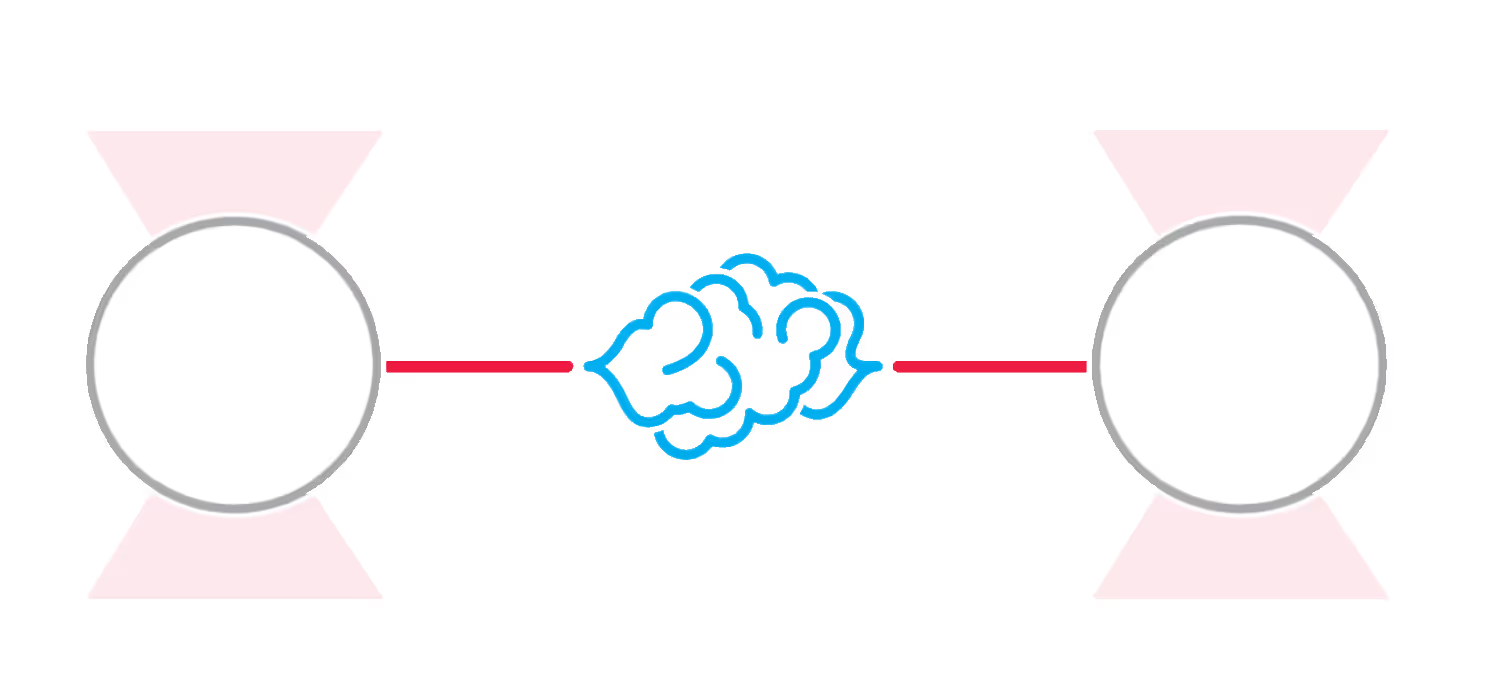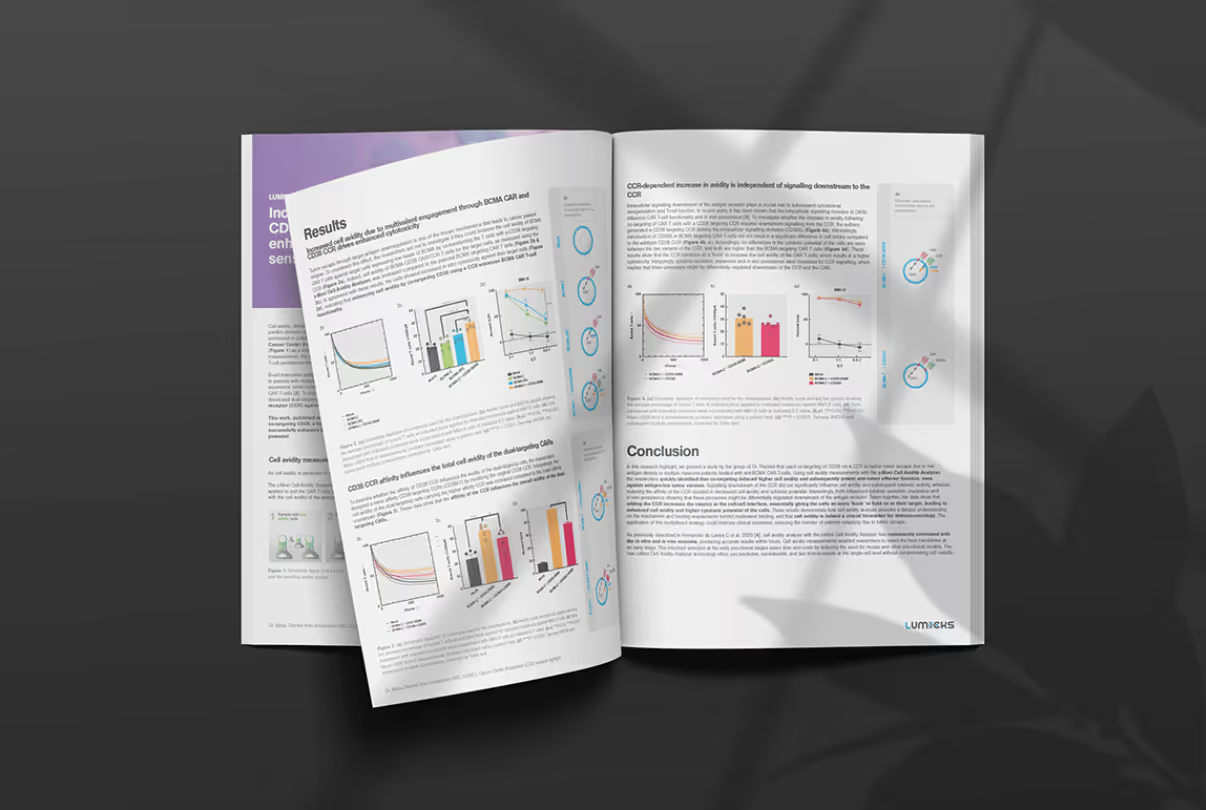Cells and tissue change their structural properties to cope with large strains e.g. caused by blood flow and external stress. Understanding microstructural remodeling of the extracellular matrix requires knowledge of biological events down to the smallest scale. One of the mechanisms involved in this process is the formation of fibrin networks, which play an important role in blood clotting. The structural hierarchy of fibrin fibers seems to be a crucial property for withstanding the mechanical loads the network endures.
A recent study shows that fibrin networks can change their hierarchical structure on multiple scales. In their publication Fibrin Networks Support Recurring Mechanical Loads by Adapting their Structure across Multiple Scales (Biophysical Journal, 111 (2016), pp. 1026-1034), Kurniawan et al. measured the interactions between single fibrin molecules to show that fibrin networks change their hierarchical structure down to the single-molecule scale. Researchers utilized LUMICKS’ quadruple optical tweezers combined with fluorescence microscopy technology and LUMICKS’ advanced microfluidics system to catch two fibrin fibers and establish a perpendicular cross-link between them. One fiber was kept in place while the other was moved in different planes. The force was measured and the fibers were visualized, allowing researchers – for the first time – to characterize interactions between single fibrin fibers.
Visualize your research moving forward with LUMICKS. Visit our product pages for the C-Trap® optical tweezers-fluorescence microscope and the u-Flux™ microfluidics system.









